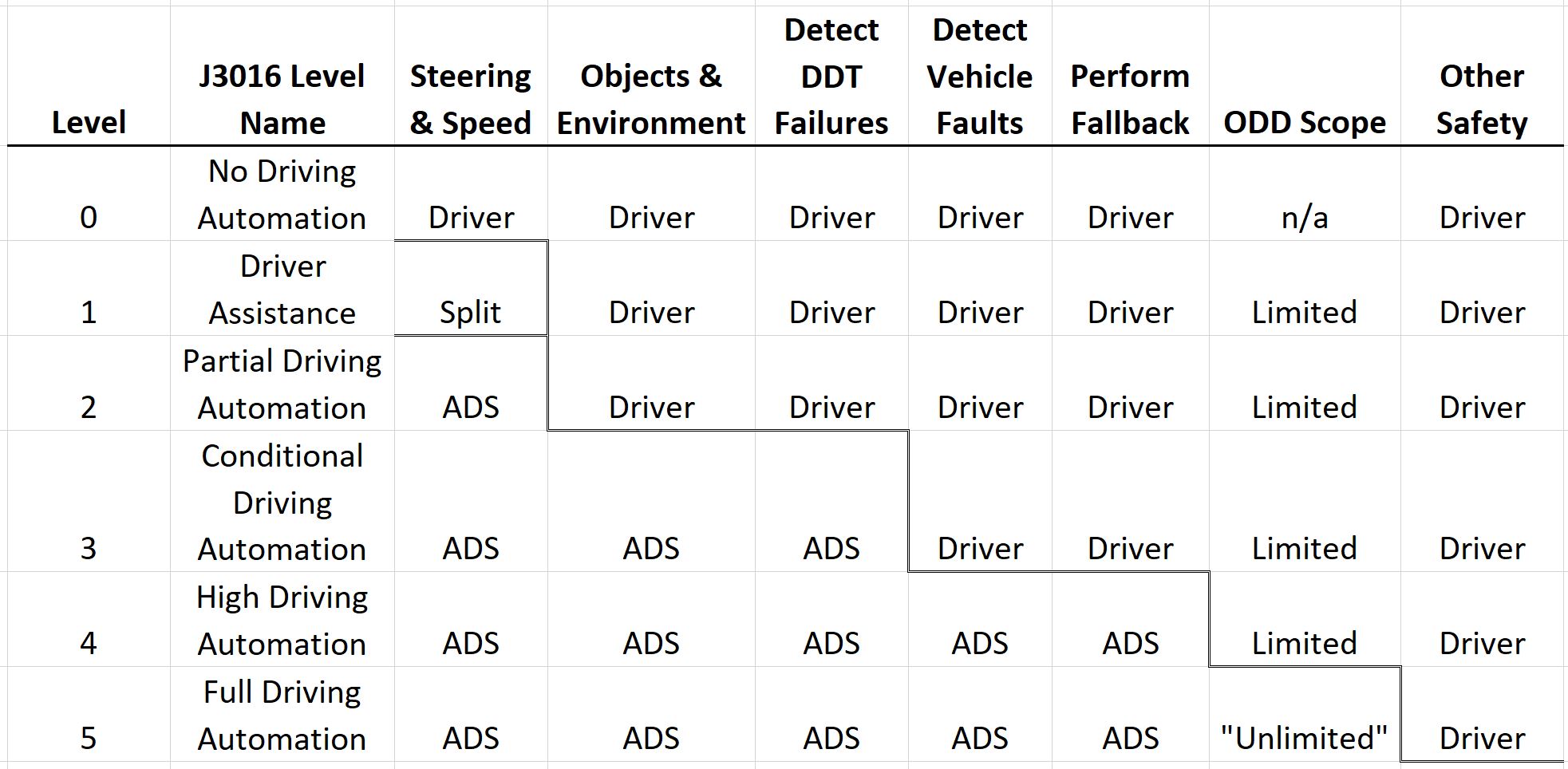caligula666
Member
Yes, I get that, but because Waymo only operates today in specific locations doesn’t mean it cannot operate in other areas. We don’t know for sure why Waymo is not in multiple cities. One option, but just an option, is that, as you say, it is because they CANNOT drive in other cities and that extensive setup work would be required for each additional geo. But another totally valid option might be that Waymo is more interested in fine-tuning the depth of their use-cases, and that for this they don’t need to spread think geographically, as this would simply increase their operational costs for no good reasons i.e. that might be a purely operational choice. Do I know whether that’s the reason? Absolutely not, and that’s my point.how so? Waymo only operates in one city (two if you are very optimistic) where as you can activate fsd beta 9.3 almost anywhere so long as you have it.
I mean, yet seems like the antithesis of opinion to me and is closer to fact.
Similarly, you are saying that FSD can go almost anywhere. Well, for now this means US-only (which, if you have driven in and outside of the US, you can pretty much see that things are quite different) and YouTube is full of video where some use cases are barely handled (as for typical non-US use cases, there is absence of information to judge) - so they are clearly lacking depth in how they handle the use cases compared to Waymo.
So while Waymo seems to have a lot more depth in how they handle their use-cases vs. Tesla, it is not proved whether it is at the expense of geo coverage, this is just an assumption. As such it might « feel good » to say that Waymo is only in 1-2 cities vs. Tesla, I don’t think it is more than this at this point.



